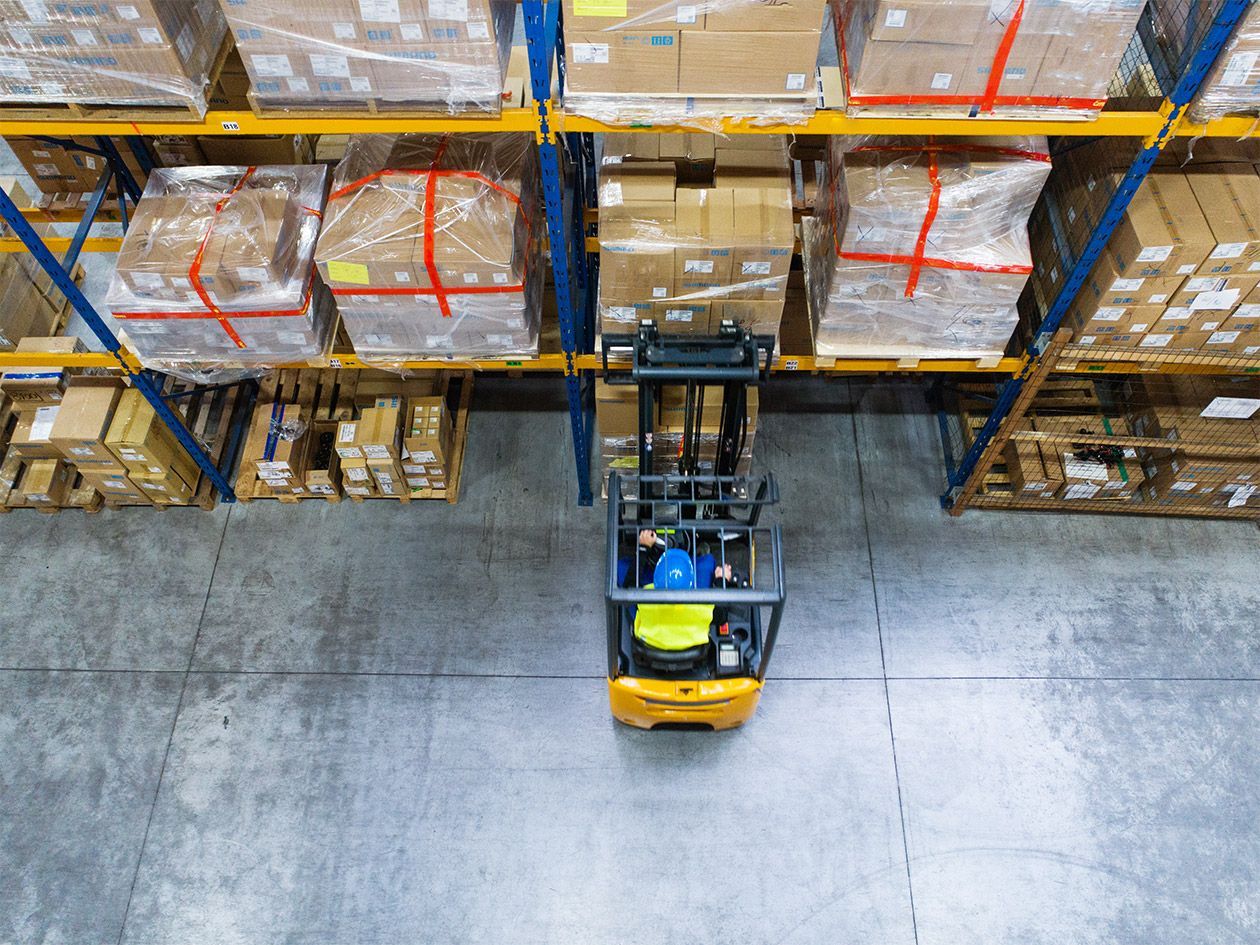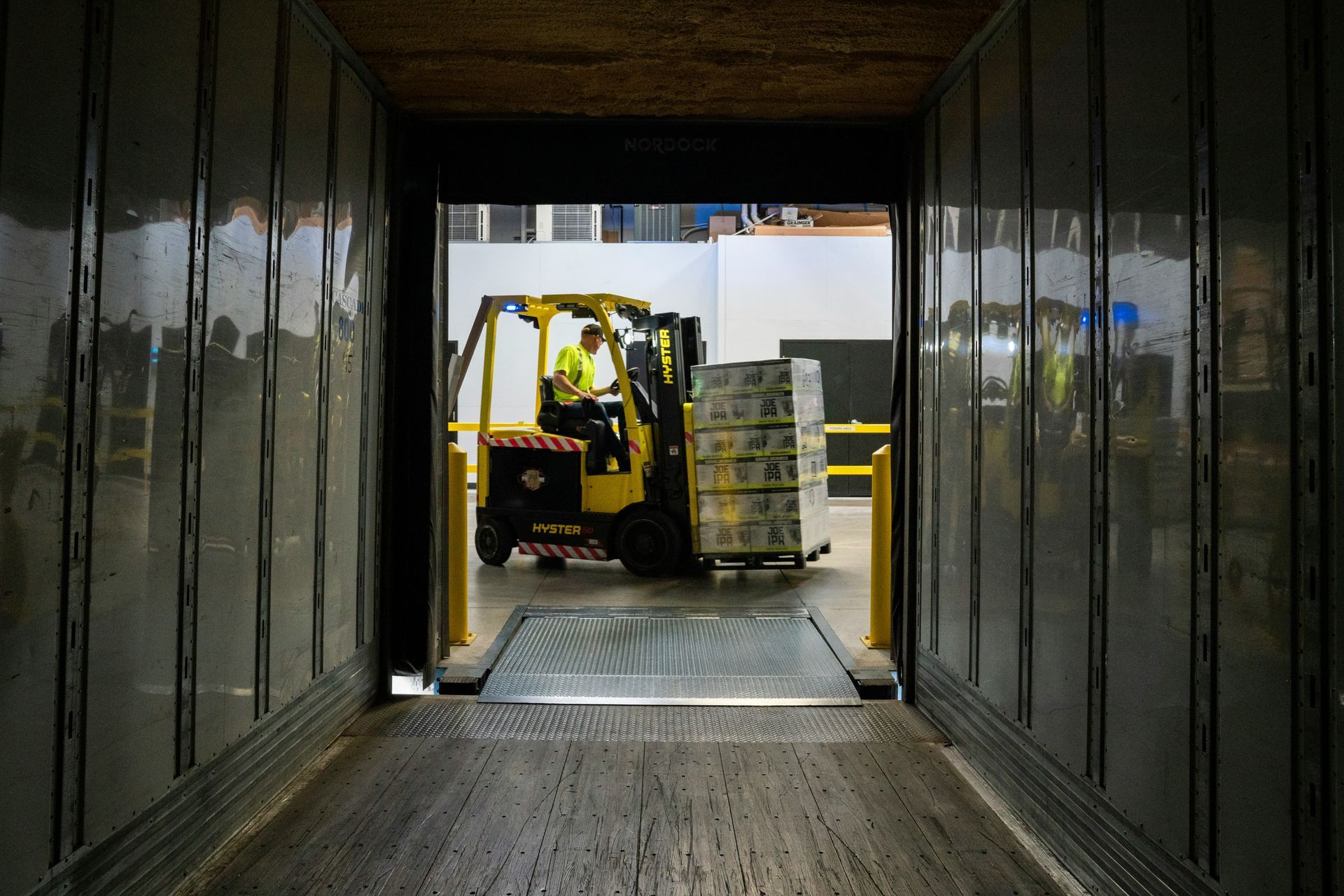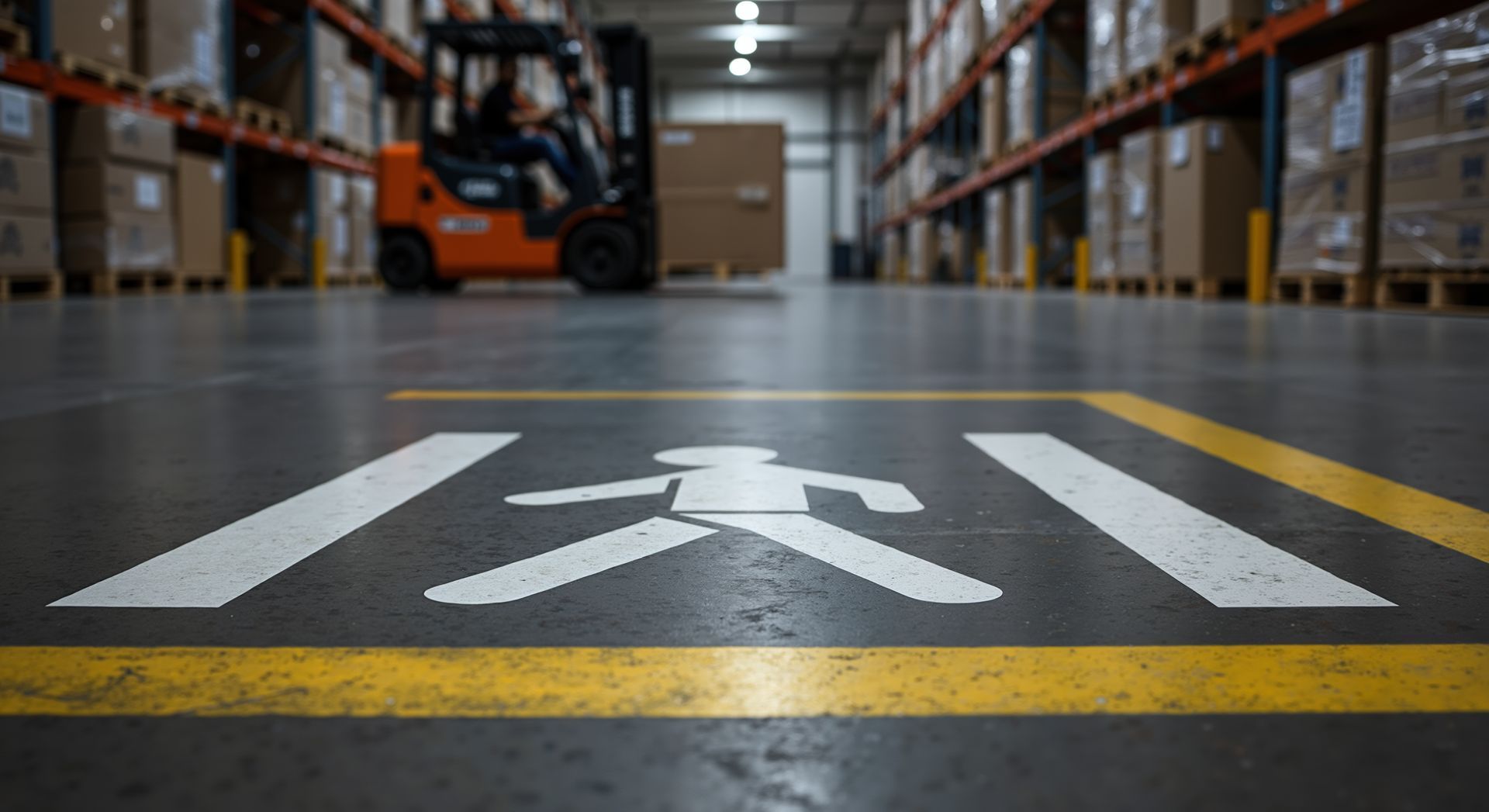Warehouse Trends to Watch in 2020
Warehouse Trends 2020. As you wrap up the 2019 business year, it’s important to take a closer look at which strategies have helped to optimize your warehouse — and which haven’t helped at all. If you’re not seeing the progress you’d hoped for at the beginning of the year, it may be time to leverage some emerging trends in the industry. Here’s what you need to know to stay ahead of the curve.
Tapping into warehouse tech
Is your warehouse still using pen and paper? Manual processes cut into productivity and can lead to costly mistakes that negatively impact your bottom line. Warehouse tech has become affordable and user-friendly enough for organizations of all sizes and in all industries. Some innovations that are poised for major growth in the coming months are barcode scanning, tablet computers, Internet of Things (IoT), data/analytics, and wearable devices.
At the top of that list are barcode scanner tech and tablet computers, both of which help boost automation efforts within warehouses. Together they offer everyone a real-time look at warehouse management processes and are more efficient than paper-based methods by leaps and bounds. It’s also a great combination for warehouse managers to tackle analytics and data that can be used to reduce costs and improve productivity.
Making WMS work
As automation increasingly becomes the end goal for organizations looking to improve warehouse operations, warehouse management systems (WMS) will be the tech tool of choice. WMS tech far surpasses the effectiveness of the legacy systems that were popular in the past as they offer some clarity when it comes to tracking inventory and shipments, both inbound and outbound.
The most popular WMS on the market these days is cloud-based and on-demand and can work closely with trucking and trailer tech. Yard management is a critical component of overall warehouse management, and the insight provided will help fulfill orders more quickly. When software is moved off-premise, you’ll see extensive cost savings.
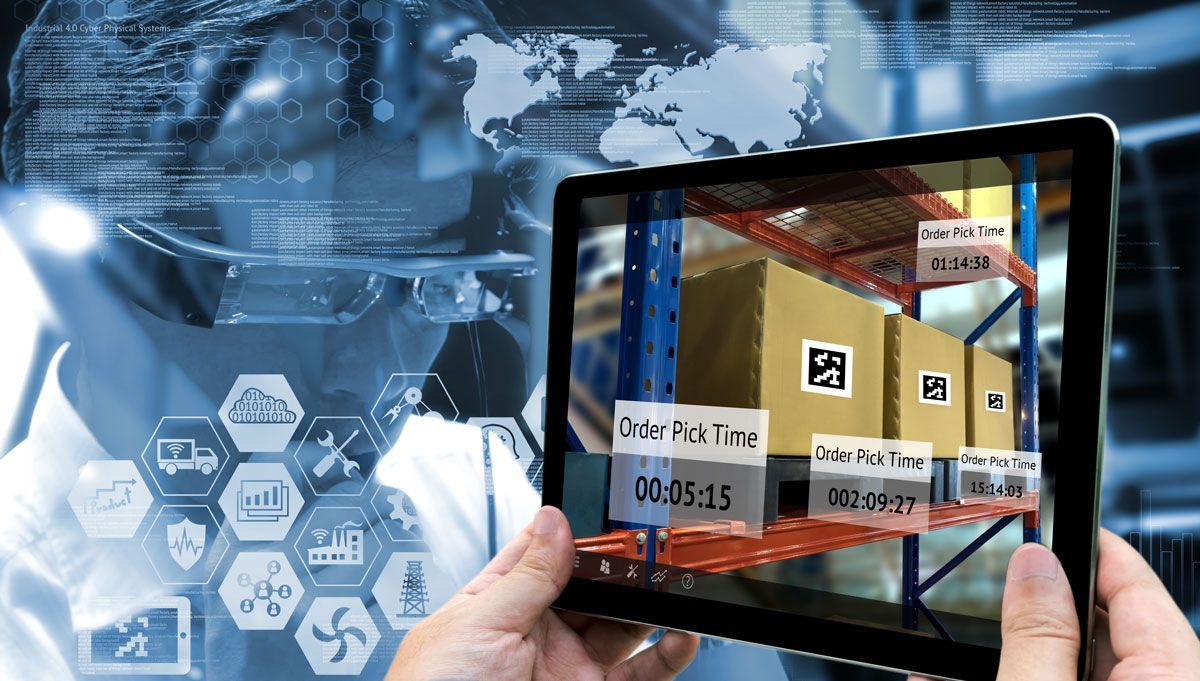
Improving warehouse visibility
Inventory and process visibility is key to optimizing warehouse management, and organizations will be turning to radio frequency identification (RFID) and Internet of Things (IoT) tools to help automate data collection. RFID and IoT can be used across the entire supply chain in a number of different devices.
It used to be that RFID systems were priced outside of the budget of smaller businesses, but they’ve become much more affordable and sophisticated over time. IoT will be used to help link these systems together for a highly accurate picture of real-time data that drives warehouse decisions. RFID can support warehouse management efforts as well as help provide inventory visibility for logistics providers, manufacturers, distributors, and retailers along the supply chain.
Investing in voice picking
While mobile technology is one step up from paper-based inventory control, warehouses will take it further with voice-based picking. Generally, users wear a headset to concentrate on choosing the right inventory while freeing hands from clipboards and mobile tablets. It’s also a great technique for items (such as produce) that don’t have barcodes.
Voice-based technology is highly accurate and offers a return on investment in more complex warehouses that depend on getting the pick right the first time, every time. Studies have shown that migrating to voice from paper picking can reduce errors by up to 90% . When keeping a competitive advantage means keeping your customers happy with your orders, that’s a huge improvement to your bottom line.
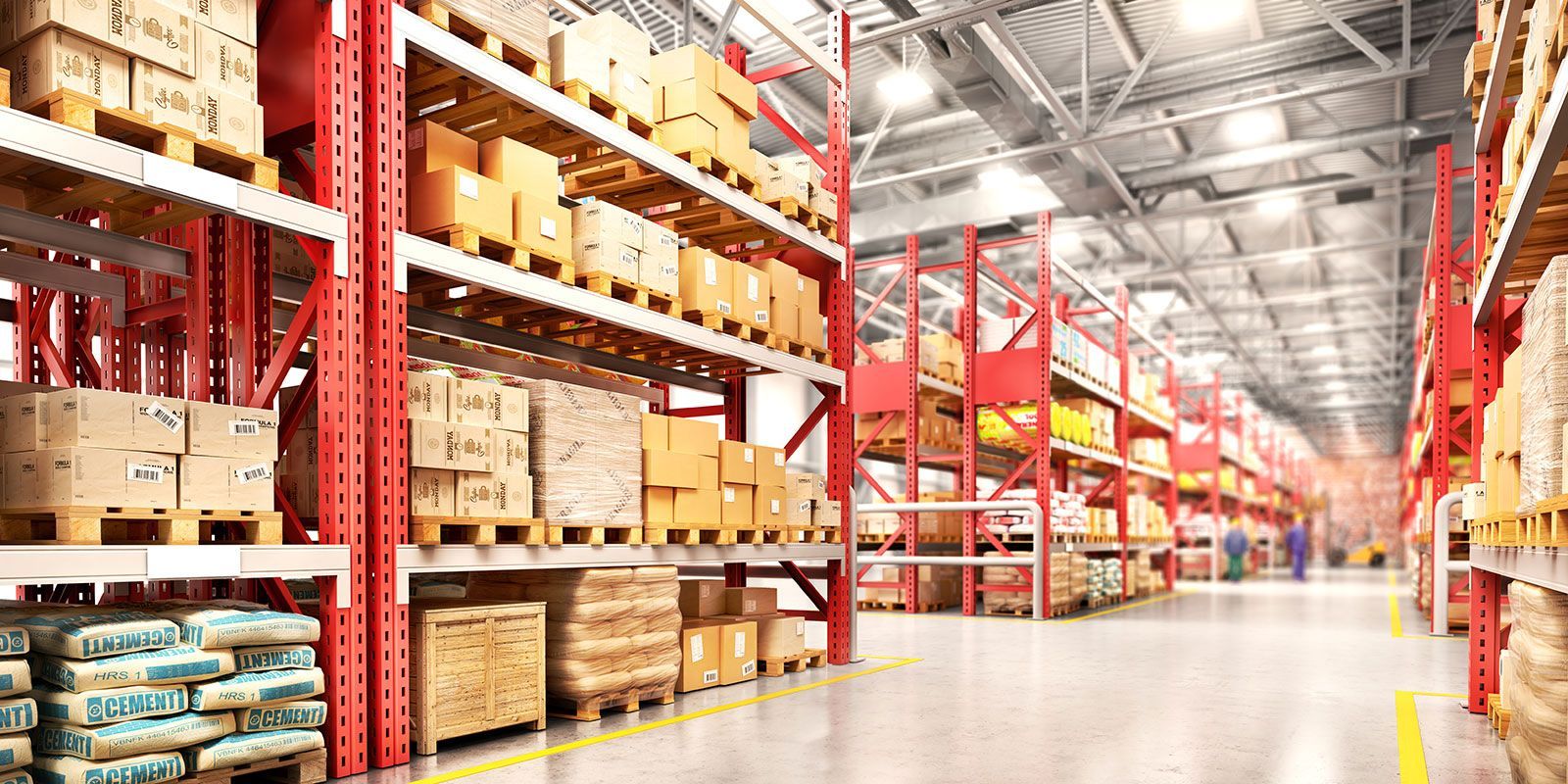
Increasing warehouse sustainability
Upfitting your warehouse to be more energy-efficient and sustainable offers a long list of benefits, and many warehouse managers are taking note to invest in ways to do this in the new year. Lighting and HVAC upfits and upgrades help cut utility costs and make employees more comfortable and productive, even lowering absentee rates and fatigue that can lead to costly accidents on the job.
In addition, warehouses are using IoT sensors to collect and analyze data that can optimize these systems. For example, tech tools will alert to occupancy, turning off lights and HVAC functions when workers aren’t in the warehouse. This data can also provide insights for facility managers to choose where and when to make tweaks that can further improve processes.
Along with implementing these upcoming trends, it’s a smart idea to use the new year (and the new decade!) to service or even upgrade warehouse equipment — an often-overlooked step in improving productivity within your warehouse. We are the best source for forklift service, repair, sales and leasing in the St. Louis area, and we respond in minutes (not days!) to ensure our customers always have the material handling equipment they need to keep their warehouses running smoothly. Let’s talk about how we can help you start the new year with the right equipment.
The post Warehouse Trends to Watch in 2020 appeared first on Benco Industrial Equipment.


